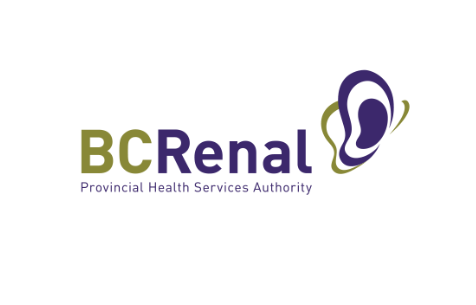Ridge Meadows Hospital’s Boiler Upgrade is a Model for Collaboration
When we think about a smooth hospital operation, consistent steam quality might not be the first thing that comes to mind. But steam is critical: It’s used for sterilizing operating room equipment, high temperature wash cycles for medical equipment, maintaining humidity of indoor environments for comfort and infection control, and at a number of hospitals, steam is used for heating.
Given the centrality of the 34-year-old Cleaver Brooks gas-fired steam boiler at Ridge Meadows Hospital, it became clear in 2021 that it was time for an upgrade; the existing burner controls were worn and becoming obsolete and the boiler’s energy efficiency wasn’t meeting today’s standards.
In response, the Energy and Environmental Sustainability team (EES) initiated an upgrade of the steam boiler which has lowered gas consumption, carbon emissions and utility costs, and will ultimately extend the life of the boiler. The project took five months to complete and is eligible for an incentive from Fortis.
The boiler upgrade includes replacing the mechanical burner control system with a new digital system that offers automatic control and precision.
I’m happy with it,” said Ridge Meadows Hospital chief engineer, Andrew Paxton. “We now have a solid boiler that is fully operational, with parts that are replaceable if need be.”
As well, Facilities, Maintenance, and Operations (FMO) engineers can now receive critical alarms on pagers, so operators have time to respond to issues before they get out of hand, a key feature for a team that works hard around the clock to maintain essential hospital systems.
The $82,000 project was funded by the provincial Carbon Neutral Capital Project program. It was completed in spring of 2022 and is projected to save 3.6 tonnes of CO2 annually and use 3-5 % less natural gas — a win for EES’s energy and carbon portfolio. This supports Fraser Health’s 2022/23’s net zero carbon strategy with a key result to: “Reduce Green House Gas Emissions intensity (equivalent tonnes CO2 per sq. m.) by 1% in owned and operated facilities by Q4.”
Given the successes of this project — and the positive response from FMO team members — the EES team is exploring similar upgrades at other Fraser Health hospitals, including the Surrey Memorial Hospital’s three large steam boilers.
Often introducing new equipment can add complexity to the work of FMO teams, who are responsible for operating and maintaining it. In this case, the opposite is true. The upgrade simplifies their work and supports FMO staff to fulfill their mission — a gratifying outcome for the EES and FMO teams and a win for the environment.








